Home>Garden Essentials>How To Make A Cat Water Fountain Quieter
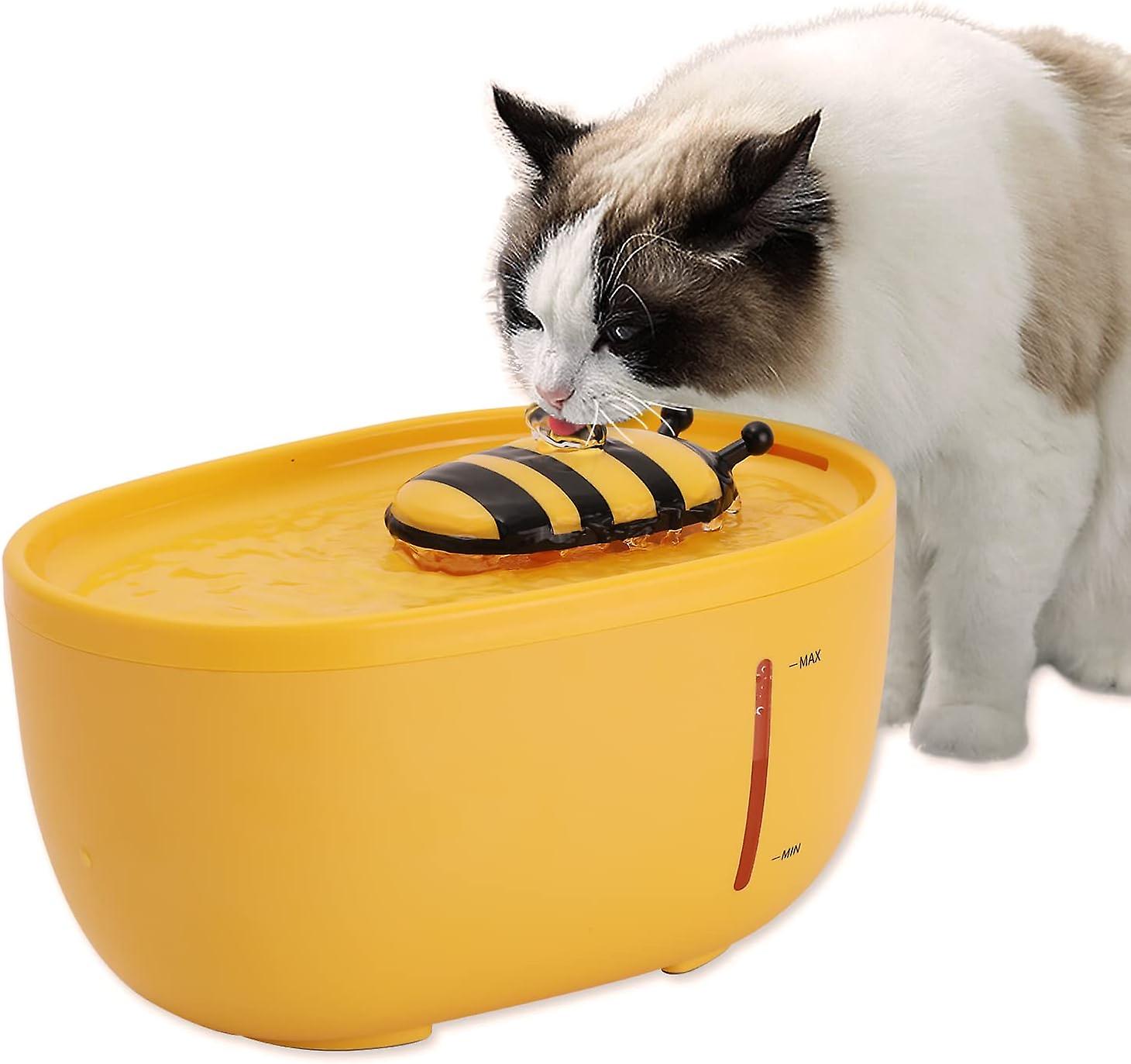

Garden Essentials
How To Make A Cat Water Fountain Quieter
Modified: March 16, 2024
Discover effective ways to make your garden cat water fountain quieter with our step-by-step guide. Create a serene outdoor space for your feline friend to enjoy peacefully.
(Many of the links in this article redirect to a specific reviewed product. Your purchase of these products through affiliate links helps to generate commission for Storables.com, at no extra cost. Learn more)
Introduction
Welcome to the wonderful world of cat ownership! As a responsible cat parent, you want to provide your furry friend with the best care possible, including access to fresh and clean water. A cat water fountain can be a great solution, as it encourages cats to drink more water, which is essential for their overall health and well-being. However, it can be frustrating when the soothing sound of flowing water is overshadowed by a noisy cat water fountain. You may find yourself wondering how to make a cat water fountain quieter.
Noise can be caused by various factors such as the pump, water flow, or the overall design of the fountain. While it’s normal for some noise to be present, excessive noise can be bothersome for both you and your cat. Fortunately, there are several steps you can take to minimize the noise and create a more peaceful environment. In this article, we will explore common reasons for a noisy cat water fountain and provide practical tips to make it quieter, ensuring a serene and enjoyable drinking experience for both you and your feline companion.
Key Takeaways:
- Keep your cat water fountain quiet by cleaning, adjusting water flow, and using dampeners. A quiet pump can also make a big difference in creating a peaceful environment for your feline friend.
- Choose a stable surface, adjust water flow, and consider a quiet pump to minimize noise and create a serene drinking experience for your cat. Experiment with different strategies to find the perfect solution.
Read more: How To Make A Cat Water Fountain
Common Reasons for a Noisy Cat Water Fountain
Before diving into the solutions, it’s important to understand why your cat water fountain might be noisy in the first place. Here are some common reasons:
- Pump Vibrations: The pump is responsible for circulating the water in the fountain. Over time, the vibrations caused by the pump can transfer to the fountain and create an irritating noise.
- Water Flow: The rate at which water flows through the fountain can also contribute to noise. If the water flow is too fast or uneven, it can create splashing or gurgling sounds.
- Fountain Design: Some cat water fountains are designed with materials that are prone to amplifying noise, such as cheap plastic or thin metal. Additionally, certain designs may have small components or structures that produce noise when coming into contact with the flowing water.
By identifying the root cause of the noise, you can effectively address the issue and make your cat water fountain quieter. Now, let’s explore some helpful tips to achieve a more tranquil drinking experience for your beloved feline.
Assessing the Noise Level of Your Cat Water Fountain
Before implementing any changes to make your cat water fountain quieter, it’s important to assess the current noise level. This will help you identify the specific areas that require attention. Here are a few steps to help you assess the noise level:
1. Listen Carefully
Take a few moments to sit near the cat water fountain and listen attentively. Pay attention to any unusual or excessively loud noises. Is the sound consistent or intermittent? Is it primarily coming from the pump or the water flow? This will give you a better understanding of the source of the noise.
2. Observe the Water Flow
Observe the water flow in the fountain. Is the water splashing too much against the sides or making a bubbling sound? Is the water flow consistent and smooth? Make note of any irregularities or areas where adjustments may be needed.
Read more: Why Cat Water Fountain
3. Inspect the Pump
Inspect the pump for any signs of damage or looseness. Is the pump securely attached to the fountain? Is there any debris or buildup that may be affecting its performance? Ensuring the pump is in good condition is crucial for a quieter operation.
4. Note the Overall Design
Take note of the materials used in the construction of the cat water fountain. Are they sturdy and durable? Are there any small parts that may be causing noise when in contact with water? Understanding the design and construction can guide your efforts to make the fountain quieter.
By assessing the noise level and identifying the specific areas of concern, you can now move on to implementing strategies to make your cat water fountain as quiet as possible. Let’s explore some effective tips to achieve a more peaceful and soothing water fountain for your feline friend.
Tips for Making a Cat Water Fountain Quieter
Now that you have assessed the noise level of your cat water fountain, it’s time to make some changes to ensure a quieter and more enjoyable experience for both you and your cat. Here are some effective tips:
1. Cleaning and Maintenance
Regular cleaning and maintenance are essential for a properly functioning and quiet cat water fountain. Over time, debris and mineral deposits can accumulate, affecting the pump’s performance and creating noise. Clean the fountain thoroughly, including the pump, according to the manufacturer’s instructions. This will help maintain efficient water flow and minimize noise.
Read more: How To Clean A Cat Water Fountain
2. Adjusting the Water Flow
Experiment with adjusting the water flow to find the sweet spot that minimizes noise. Some fountains come with adjustable flow settings, allowing you to customize the speed and intensity of the water flow. Opt for a gentle and steady flow to reduce splashing and noise.
3. Placing the Fountain on a Non-Resonating Surface
Where you place the cat water fountain can impact its noise level. Choose a stable and non-resonating surface, such as a rubber mat or a silicone pad, to dampen any vibrations caused by the pump. This can significantly reduce the noise transmitted to the surrounding area.
4. Adding Foam or Rubber Dampeners
Consider adding foam or rubber dampening materials to minimize the contact between the fountain and any hard surfaces. Place these dampeners strategically between the fountain and the base to absorb vibrations and reduce noise. This simple addition can make a noticeable difference in the overall noise level.
5. Using a Quiet Pump
If all else fails, you may need to invest in a quiet pump specifically designed for cat water fountains. Quiet pumps are engineered to minimize vibrations and operate silently, ensuring a peaceful environment for both you and your cat.
By implementing these tips, you can significantly reduce the noise level of your cat water fountain and create a more serene drinking experience. Remember, a quiet and soothing fountain will not only benefit your cat but also provide you with peace of mind. Cheers to happy and hydrated felines!
Tips for Making a Cat Water Fountain Quieter
1. Cleaning and Maintenance
Regular cleaning and maintenance are essential for a properly functioning and quiet cat water fountain. Over time, debris and mineral deposits can accumulate, affecting the pump’s performance and creating noise. Here are some steps to keep your cat water fountain clean and operating smoothly:
Step 1: Read the Manufacturer’s Instructions
Before starting the cleaning process, refer to the manufacturer’s instructions for specific cleaning recommendations. Different fountains may have different cleaning requirements, so it’s important to follow the guidelines provided.
Step 2: Disconnect and Disassemble
To effectively clean the cat water fountain, disconnect the power supply and carefully disassemble it. Remove the pump, any detachable parts, and the water reservoir for a thorough cleaning.
Step 3: Rinse and Remove Debris
Use warm water to rinse off any visible debris or residue from the fountain components. Pay close attention to the pump, as clogged or dirty pumps can contribute to noise. Remove any accumulated debris or particles that may be obstructing the pump’s performance.
Step 4: Soak in Vinegar Solution
Create a cleaning solution by mixing equal parts water and white vinegar. Submerge the parts in this solution and let them soak for about 30 minutes. Vinegar helps to dissolve mineral deposits and sanitize the fountain components.
Step 5: Scrub and Clean Thoroughly
Using a soft brush or sponge, scrub all the components gently to remove any remaining dirt or stains. Pay special attention to the pump, impeller, and any tight crevices that may be difficult to reach. Rinse all the parts with clean water to ensure there is no residual vinegar solution.
Step 6: Reassemble and Refill
Once all the parts are clean and dry, reassemble the cat water fountain according to the manufacturer’s instructions. Fill the reservoir with fresh water, ensuring that the water level is within the recommended range.
Step 7: Regular Maintenance
In addition to regular cleaning, it’s important to perform routine maintenance to keep your cat water fountain quiet and functional. This includes checking the water level, inspecting the pump for any signs of damage or wear, and replacing any worn-out components as needed.
By following these cleaning and maintenance steps on a regular basis, you can prevent debris buildup, maintain the pump’s efficiency, and ensure a quieter and more hygienic cat water fountain for your feline companion.
Tips for Making a Cat Water Fountain Quieter
Read more: How To Clean A Cat Water Fountain
2. Adjusting the Water Flow
The water flow rate of your cat water fountain can greatly impact the noise level. By adjusting the water flow, you can find the right balance that minimizes noise while still providing fresh and enticing water for your cat. Here are some tips to help you adjust the water flow:
1. Check for Flow Control Settings
First, check if your cat water fountain has a flow control feature. Many modern designs offer adjustable settings that allow you to customize the water flow. Look for a switch or dial that can be used to increase or decrease the flow rate.
2. Start with a Gentle Flow
If there is no explicit flow control option, start by setting the fountain to a gentle flow. A fast and turbulent flow is more likely to create noise and splashing. Gradually increase the flow if your cat seems to prefer a more robust water movement.
3. Monitor for Splashing
Observe the water fountain closely to identify any splashing or excessive movement. Water splashing against the sides of the fountain can create noise and leave a mess. If you notice splashing, reduce the flow or adjust the water outlet to redirect the water more effectively.
4. Ensure Smooth Water Circulation
Smooth water circulation is crucial for minimizing noise. Make sure there are no obstructions or blockages that impede the flow. Clean the fountain regularly to prevent debris or dirt from affecting the smooth movement of water.
5. Consider a Calmer Water Flow
Some cats may prefer a calm and quiet water flow. If your cat appears hesitant or apprehensive about drinking from a fast-flowing fountain, consider switching to a design with a calmer flow. Look for cat water fountains specifically designed for sensitive or finicky drinkers.
Experiment with different flow settings until you find the right combination that achieves a quiet and enjoyable water flow for your cat. Remember, the goal is to provide your furry friend with a tranquil drinking experience while minimizing any unnecessary noise in the environment.
Tips for Making a Cat Water Fountain Quieter
3. Placing the Fountain on a Non-Resonating Surface
The placement of your cat water fountain plays a significant role in its noise level. By choosing a non-resonating surface, you can greatly reduce vibrations and minimize the noise created by the fountain. Here are some tips for proper placement:
1. Select a Stable Surface
Choose a stable surface for your cat water fountain. Opt for a flat and sturdy countertop, shelf, or a dedicated pet water fountain stand. Avoid placing the fountain on unstable surfaces such as wobbly tables or uneven flooring, as this can introduce unnecessary vibrations.
2. Use a Rubber Mat or Silicone Pad
To further dampen vibrations, place a rubber mat or silicone pad under the cat water fountain. These materials act as shock absorbers, minimizing vibrations that can be transferred to the surface and amplify noise. Make sure the mat or pad is large enough to fully support the fountain.
3. Consider Wall-Mounted Options
If you’re concerned about vibrations affecting the noise level, consider wall-mounted cat water fountain options. These fountains are securely attached to the wall, eliminating the potential for surface vibrations. This can result in a quieter drinking experience for your cat.
4. Avoid Placing near Noisy Appliances
Place the cat water fountain away from noisy appliances, such as dishwashers, washing machines, or refrigerators. These appliances can create vibrations that may resonate with the fountain and increase the overall noise level. Keep the fountain in a quiet and peaceful area, preferably away from high-traffic zones.
5. Test for Resonance
Once you have placed the cat water fountain on a non-resonating surface, test for any remaining vibrations. Gently touch different parts of the fountain while it is running to see if you can feel any vibrations. If you detect any, try adjusting the placement or adding more cushioning material for optimal noise reduction.
By selecting a stable surface and using materials that dampen vibrations, you can greatly reduce the noise level of your cat water fountain. Creating a quiet and peaceful drinking environment not only benefits your cat but also enhances your overall living space.
Tips for Making a Cat Water Fountain Quieter
4. Adding Foam or Rubber Dampeners
If you’re still experiencing unwanted noise from your cat water fountain, even after adjusting the water flow and placing it on a non-resonating surface, you can further minimize vibrations and noise by adding foam or rubber dampeners. Here’s how to effectively use them:
1. Identify High-Vibration Areas
Observe your cat water fountain closely to identify areas that tend to vibrate the most. This could be the base where the pump is placed, the sides of the fountain, or any loose components that may be causing noise. Identifying these areas is crucial for targeted dampening.
2. Choose the Right Dampening Material
Select foam or rubber dampening materials that are specifically designed for vibration reduction. These can be in the form of adhesive pads, strips, or sheets. Opt for materials that are dense and provide good shock-absorbing qualities.
3. Apply the Dampeners
Once you have the appropriate dampening material, carefully apply it to the high-vibration areas of the cat water fountain. Ensure that the surface is clean and dry before adhering the dampeners. Press them firmly in place to ensure proper adhesion and maximum noise reduction.
4. Focus on the Pump Area
The pump is often a primary source of noise in a cat water fountain. Place foam or rubber dampeners around the pump and any components that come into contact with it. These dampeners will absorb vibrations and reduce the sound produced by the pump.
5. Test and Adjust
After applying the foam or rubber dampeners, test the cat water fountain to see if there is a noticeable reduction in noise. If necessary, make adjustments by adding more dampeners to areas that may still be causing vibrations and noise.
6. Regularly Check and Replace
Regularly inspect the foam or rubber dampeners to ensure they are in good condition. Over time, they may wear out or lose their effectiveness. Replace them as needed to maintain optimal noise reduction in your cat water fountain.
By utilizing foam or rubber dampeners in high-vibration areas, you can significantly reduce noise and create a quieter environment for your cat. These simple additions can make a noticeable difference in the overall noise level of your cat water fountain.
Tips for Making a Cat Water Fountain Quieter
5. Using a Quiet Pump
If you have tried various methods to reduce the noise of your cat water fountain without success, it may be time to consider investing in a quiet pump. A noisy pump is often the main culprit behind excessive noise from the fountain. Here’s how you can choose and use a quiet pump:
1. Research Quiet Pump Options
Do some research to find pumps specifically designed to operate quietly. Look for brands or models that advertise noise reduction features or boast quiet operation. Read reviews from other cat owners to get a sense of the noise levels of different pumps.
2. Check Pump Specifications
When selecting a new pump for your cat water fountain, pay close attention to the specifications provided by the manufacturer. Look for the decibel (dB) rating, which indicates the noise level produced by the pump. Opt for a pump with a low dB rating to ensure minimal noise.
3. Follow Installation Guidelines
When installing the new pump, carefully follow the manufacturer’s guidelines. Each pump may have specific installation instructions to ensure optimal performance and noise reduction. Improper installation can lead to increased noise levels or even damage to the pump.
4. Test and Adjust the Water Flow
Once the new pump is installed, test the cat water fountain to assess the noise level. It’s possible that the new pump may require some adjustments to the water flow settings. Experiment with different flow rates until you find a quiet and soothing flow for your cat.
5. Periodically Maintain the Pump
To maintain a quiet pump, it’s essential to perform regular maintenance. Clean and check the pump regularly for any debris or blockages that could affect its performance. Follow the manufacturer’s guidelines regarding maintenance and replace any worn-out parts as needed.
6. Consult with Experts
If you’re unsure about selecting and installing a quiet pump for your cat water fountain, consider consulting with experts in pet supplies or aquarium pumps. They can provide valuable advice and recommendations based on their knowledge and experience.
Investing in a quiet pump can be a game-changer for your cat water fountain. It will not only provide a more enjoyable drinking experience for your cat but also create a peaceful and quiet environment in your home.
Conclusion
Ensuring a quiet and peaceful cat water fountain is essential for creating a serene environment for both you and your feline companion. By addressing different factors that contribute to noise, you can enhance the drinking experience and minimize distractions. Here are the key takeaways:
1. Understand the common reasons for a noisy cat water fountain, such as pump vibrations, water flow issues, and the fountain’s design.
2. Assess the noise level of your cat water fountain by listening carefully, observing the water flow, inspecting the pump, and considering the overall design.
3. Implement tips for making your cat water fountain quieter, including regular cleaning and maintenance, adjusting the water flow, placing the fountain on a non-resonating surface, adding foam or rubber dampeners, and using a quiet pump.
4. Experiment with different strategies to find the right combination that works for your specific fountain and cat’s preferences.
Remember, every cat water fountain is unique, and it may require some trial and error to achieve the desired level of quietness. Stay patient and persistent in your efforts to create a calming drinking environment for your cat.
By following these tips, you can transform your noisy cat water fountain into a peaceful oasis that promotes healthy hydration for your furry friend. So, embark on this journey to silence the unnecessary noise and ensure a tranquil and enjoyable drinking experience for your beloved companion.
Frequently Asked Questions about How To Make A Cat Water Fountain Quieter
Was this page helpful?
At Storables.com, we guarantee accurate and reliable information. Our content, validated by Expert Board Contributors, is crafted following stringent Editorial Policies. We're committed to providing you with well-researched, expert-backed insights for all your informational needs.
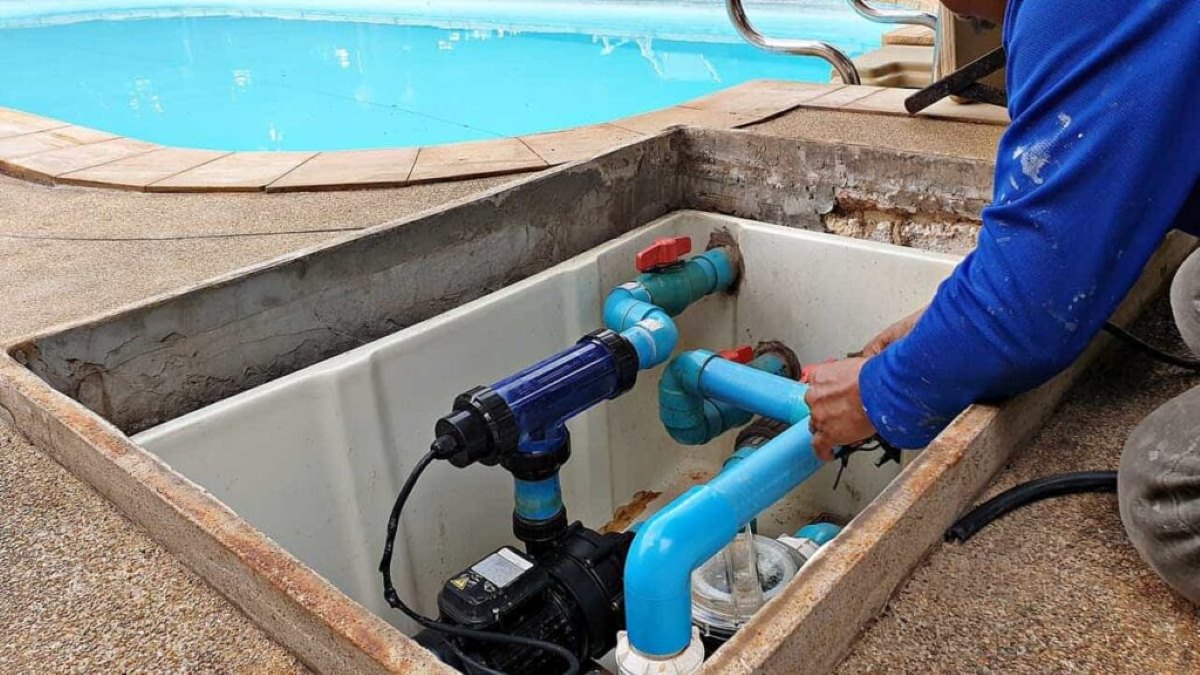
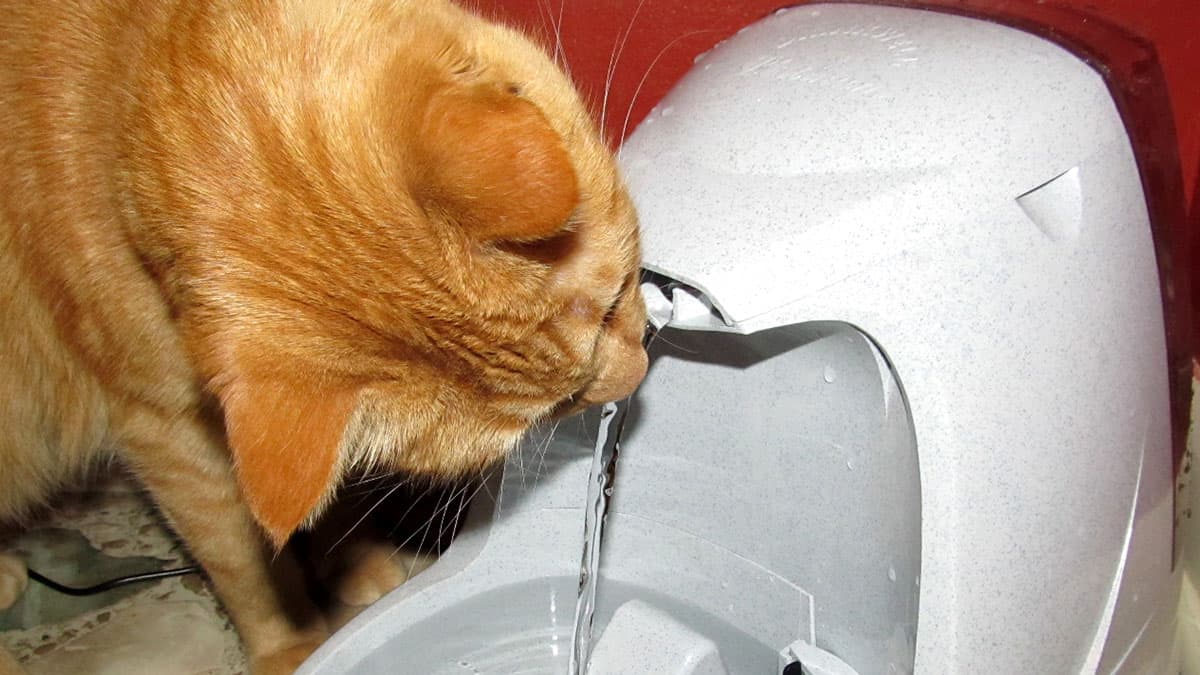
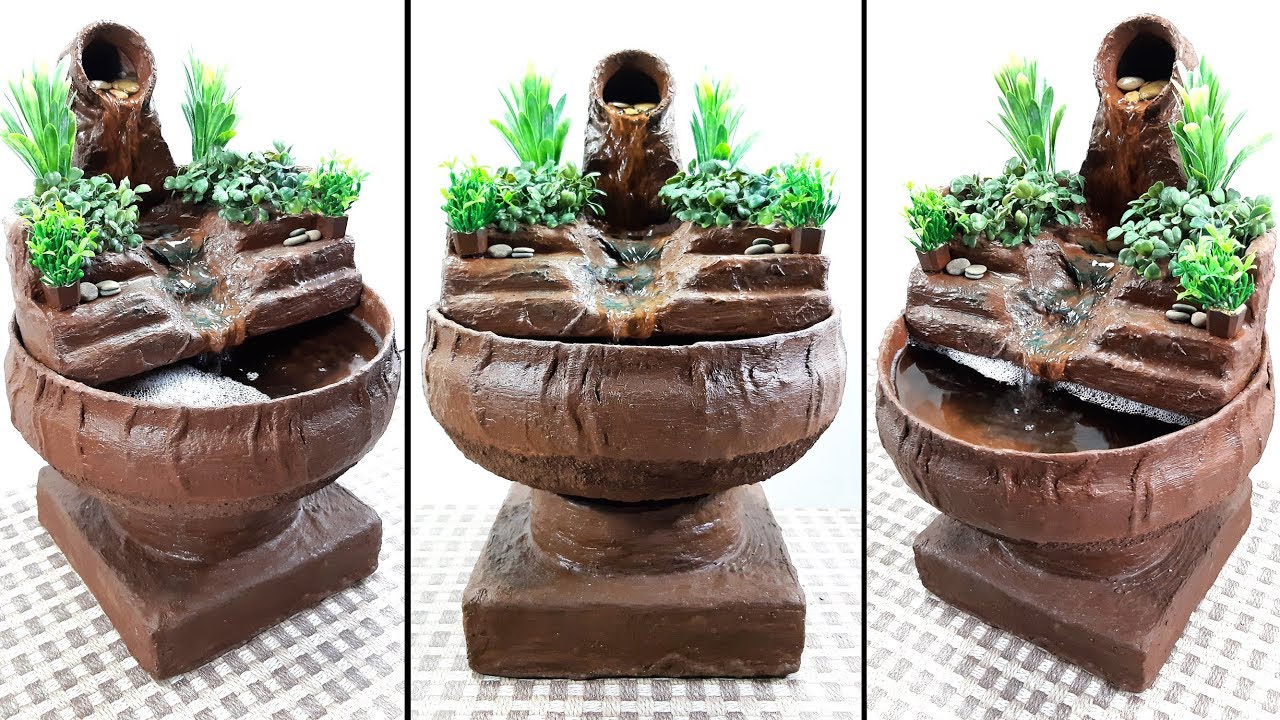



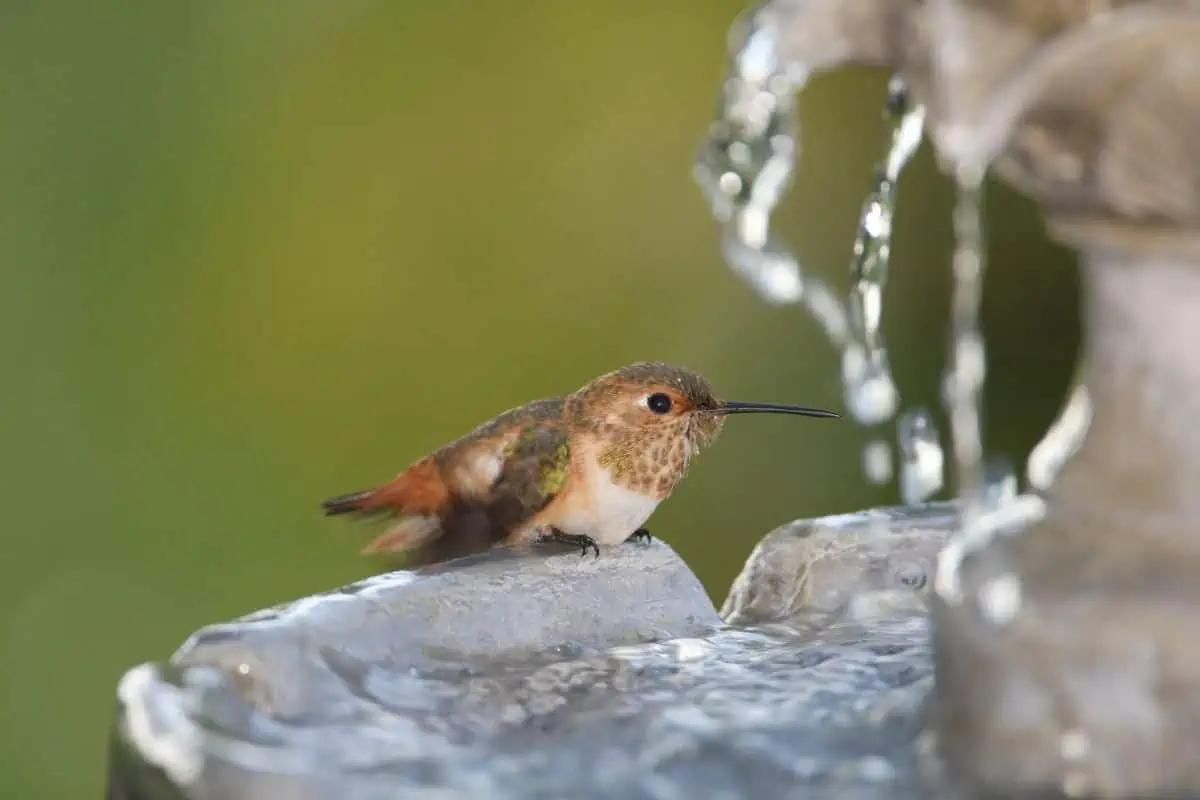
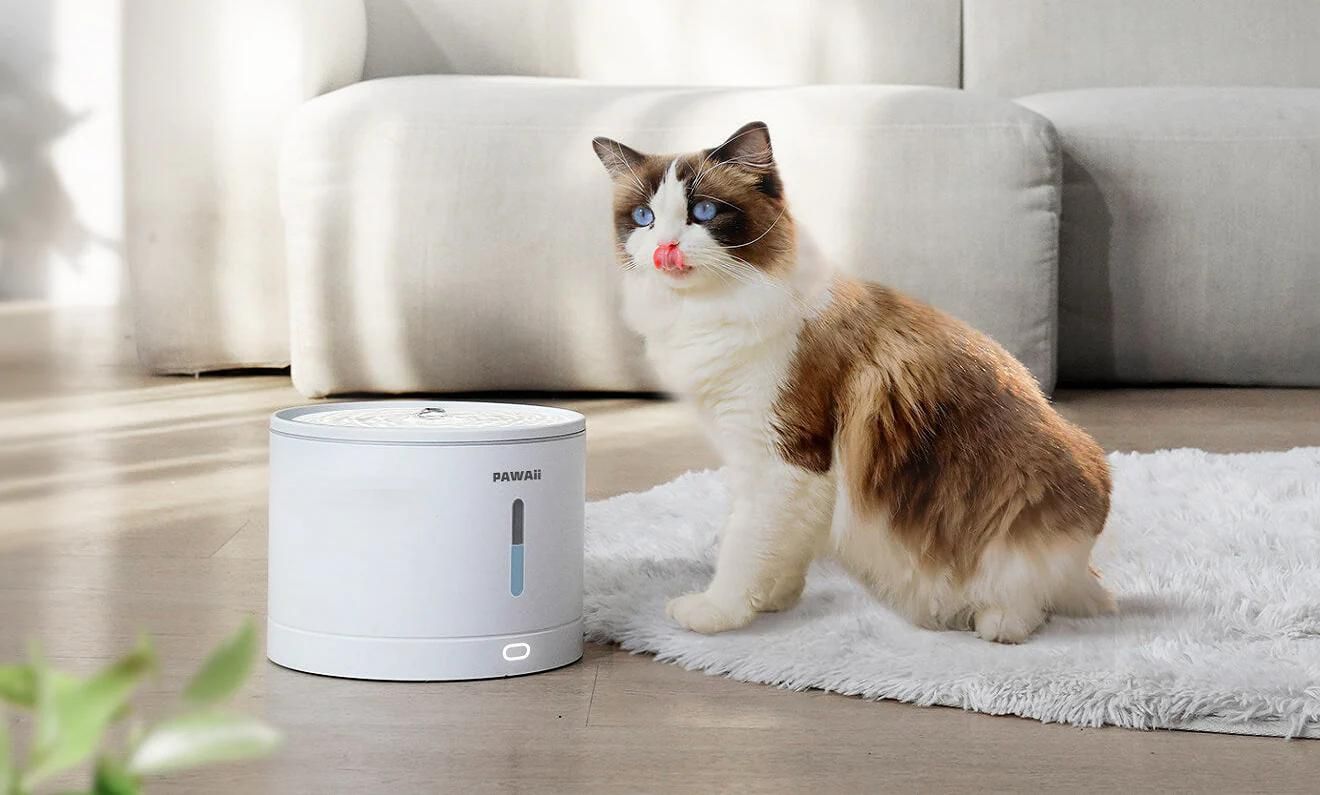
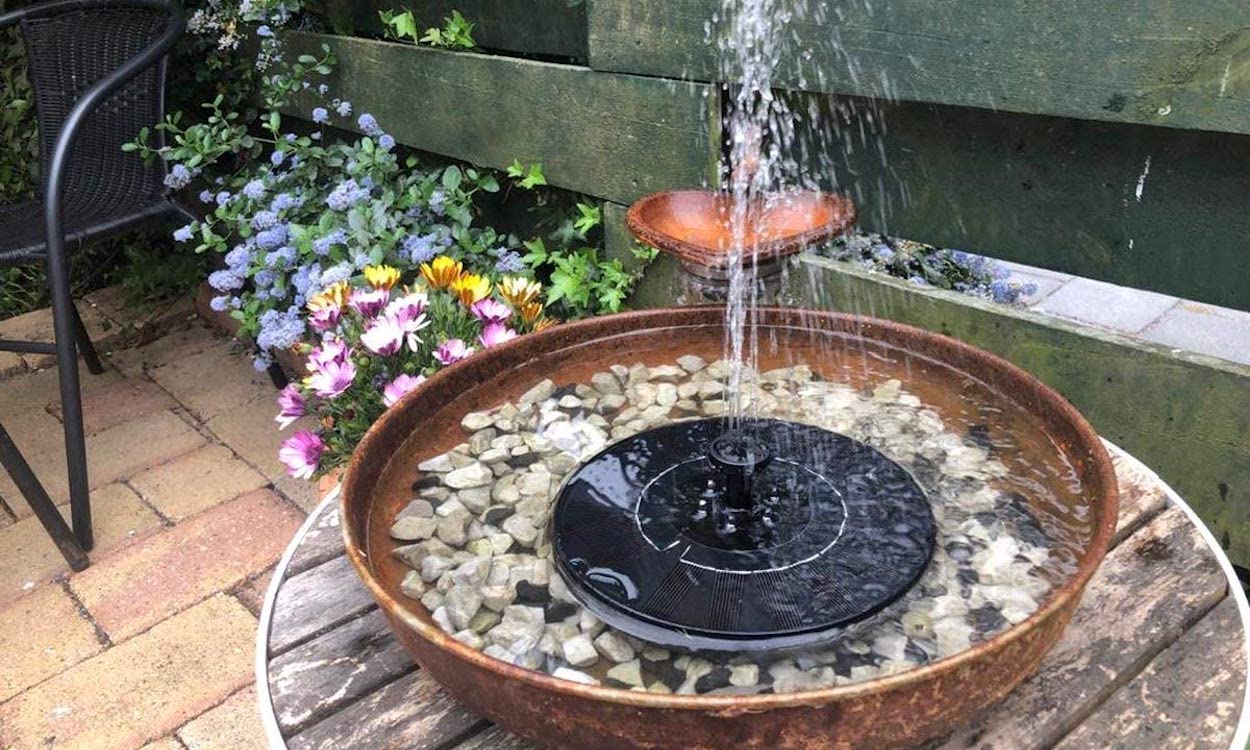
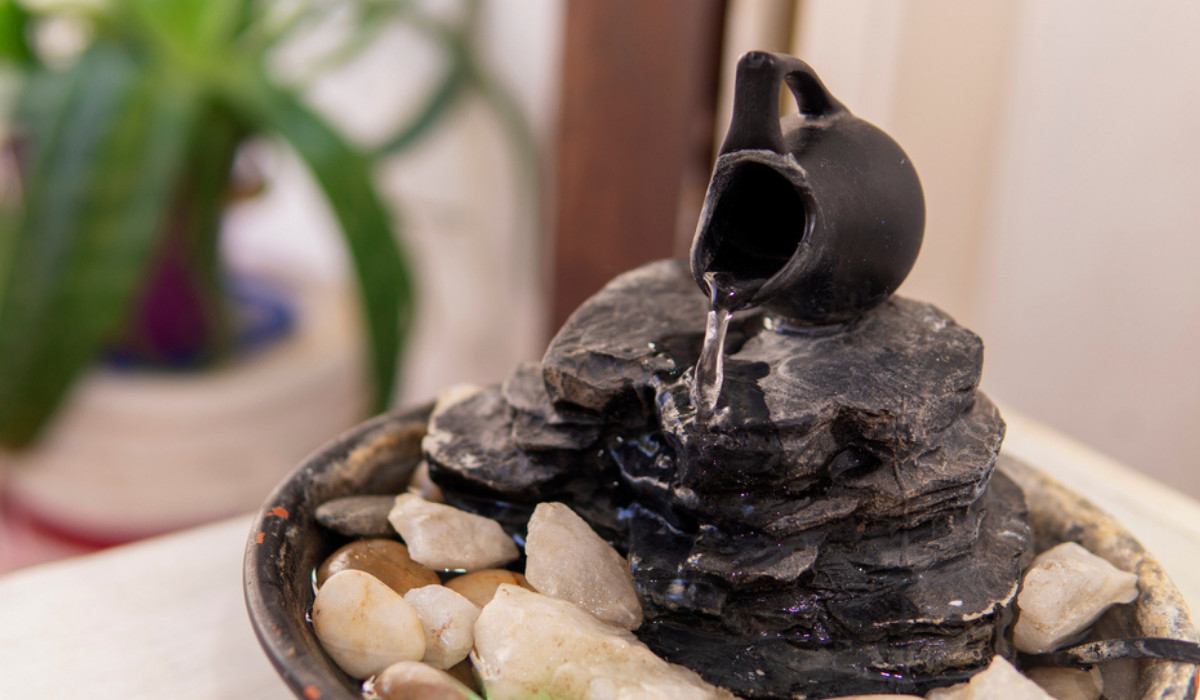

0 thoughts on “How To Make A Cat Water Fountain Quieter”